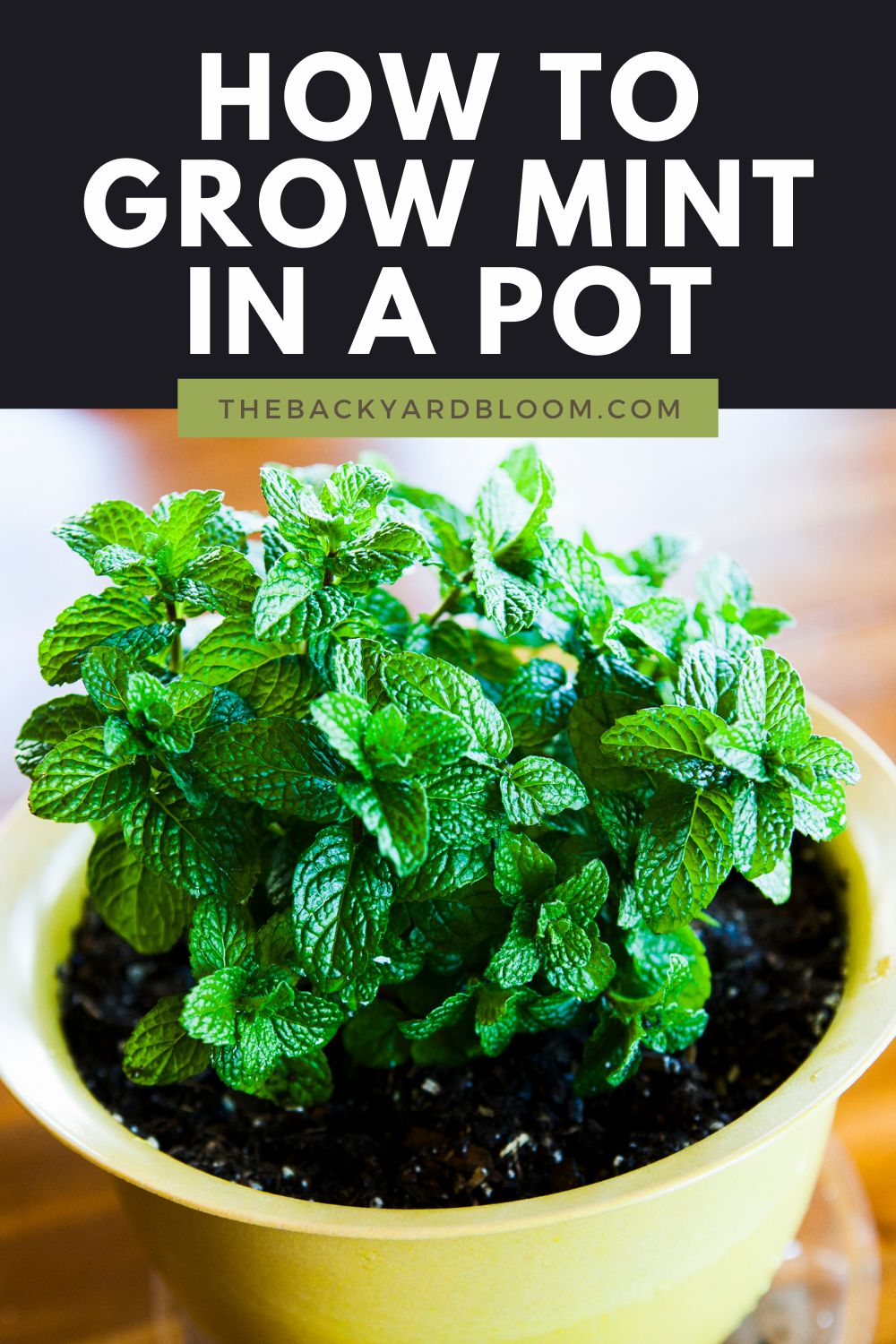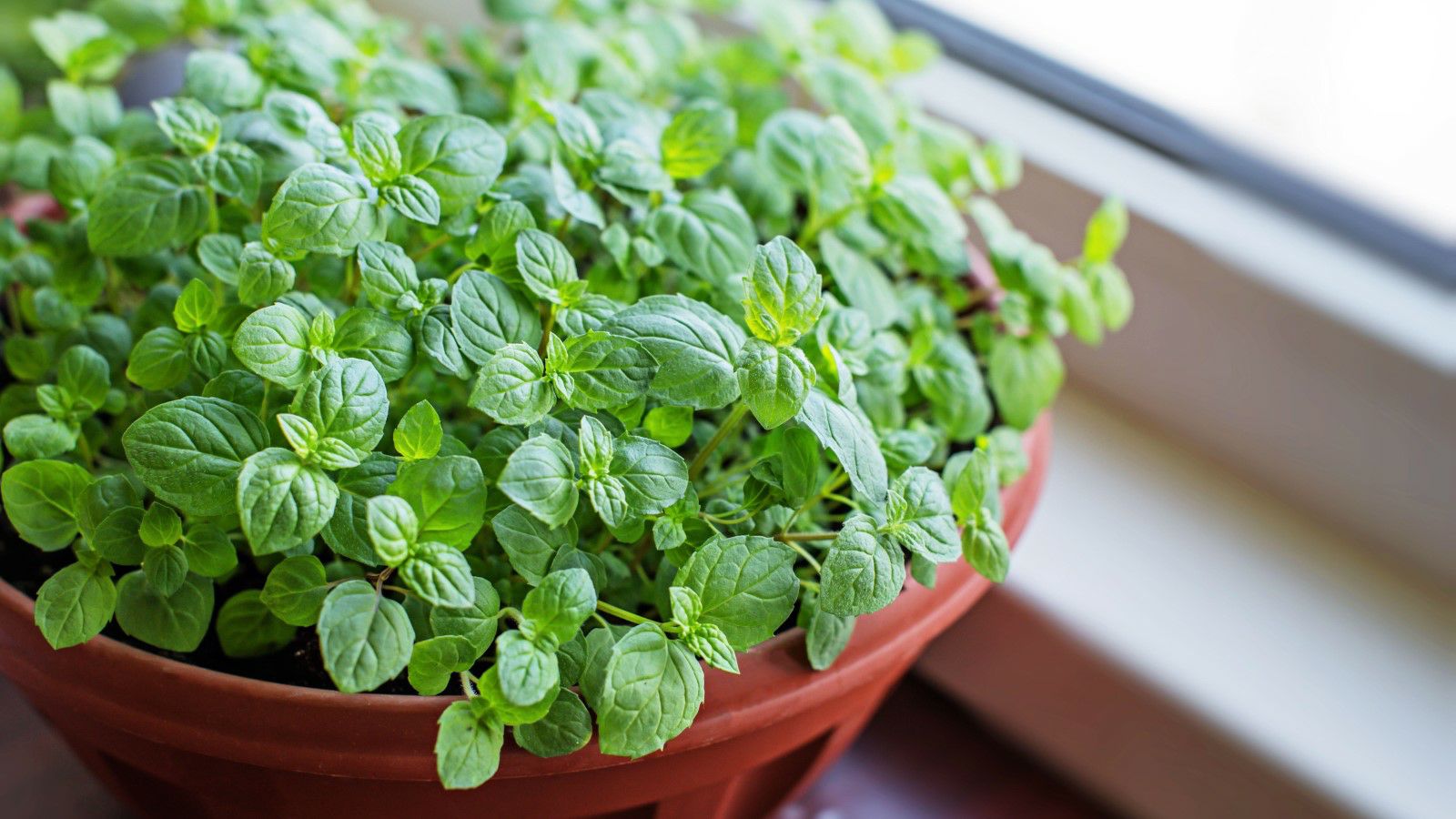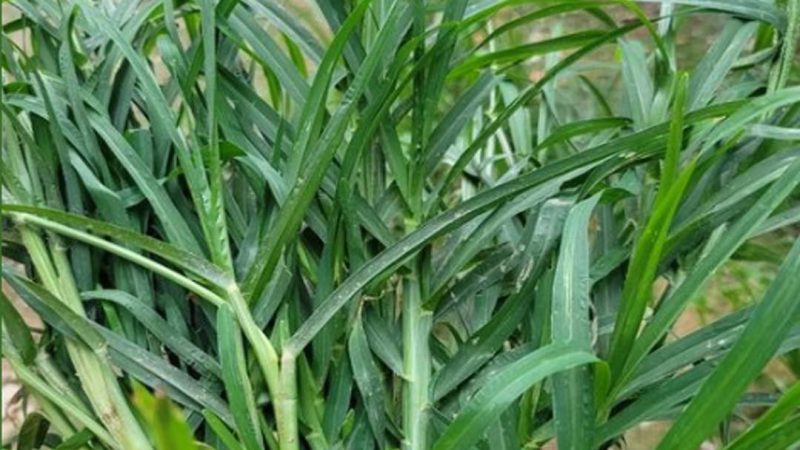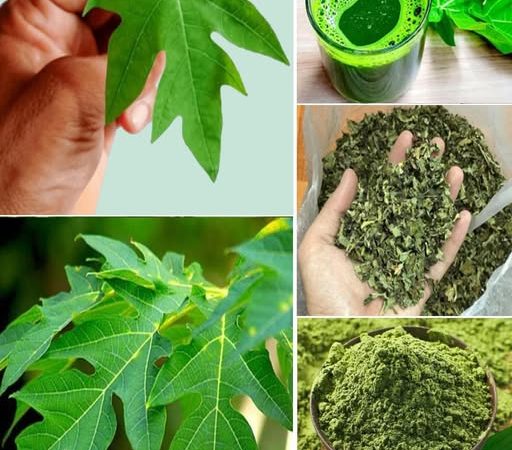The Benefits and How to Grow Mint in Containers Indoors
Mint is not only a popular herb in cooking but also offers numerous health benefits. If you’re looking to grow mint in containers indoors, this article will share both its amazing benefits and detailed instructions on how to grow this herb in your home.
How to Grow Mint in Containers Indoors
Growing mint indoors in containers is an excellent way to enjoy these health benefits right at home. Here’s a step-by-step guide on how to grow mint in containers indoors.

-
Prepare the Pot and Soil:
Choose a pot with drainage holes to prevent waterlogging, which could harm the plant’s roots. Mint thrives in loose, nutrient-rich soil with a neutral pH. You can either buy ready-made potting soil or mix garden soil with organic compost. -
Planting Mint:
Mint can be grown from cuttings or purchased as a small plant. To propagate from cuttings, simply cut a healthy 4-6 inch stem, remove the lower leaves, and place it in the soil. Alternatively, you can plant a young mint plant directly into the container. Once planted, lightly cover the roots with soil and water thoroughly. -
Placement of the Pot:
Place your mint pot in a location that gets indirect sunlight. Direct sunlight can scorch the leaves, so it’s best to avoid placing it under direct sun. A spot near a window with filtered light will be perfect for mint. -
Watering Regularly:
Keep the soil evenly moist but not soggy. Water the plant regularly, checking the soil for dryness, and water again when it feels dry. Be sure not to let the plant sit in water for too long, as this can lead to root rot. -
Caring for Your Mint Plant:
Regularly prune the mint plant by cutting back the leaves and stems to encourage healthy new growth. Trimming the plant also helps prevent it from becoming too leggy and ensures you can harvest fresh leaves easily.
Benefits of Mint

-
Aids Digestion:
Mint is an excellent herb that stimulates digestion, helping to reduce bloating and indigestion. Using mint can make digestion smoother and leave you feeling more comfortable after meals. -
Headache Relief:
Mint oil is known for its ability to relieve headaches. Crushing a few fresh mint leaves and applying them to your forehead or nose can help alleviate headaches and nausea. -
Antibacterial and Anti-inflammatory:
Mint contains antibacterial and anti-inflammatory properties, helping to clear nasal passages, soothe sore throats, and support respiratory health. It can be particularly beneficial during cold and flu season. -
Odor Elimination:
The fresh, invigorating scent of mint helps eliminate odors in your home, creating a pleasant and refreshing environment. This is one of the reasons mint is a great indoor plant. -
Repels Insects:
The strong fragrance of mint acts as a natural repellent for insects like mosquitoes, ants, and cockroaches. If you want to reduce the presence of pests indoors, mint is an effective and safe option.
Why Grow Mint Indoors?
Growing mint indoors offers numerous health and lifestyle benefits. It’s easy to care for, adds a touch of greenery to your space, and can be used in a variety of ways, from cooking to making refreshing herbal tea. The natural benefits of mint, such as headache relief, antibacterial properties, and its ability to freshen up your home, make it a perfect addition to your indoor garden.
With these simple steps, you can enjoy fresh mint all year round. Why not try growing a mint plant in your home and take advantage of its health benefits while enhancing your indoor space?



